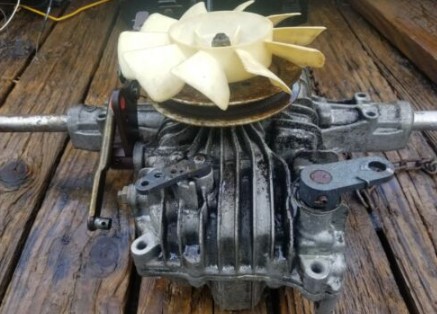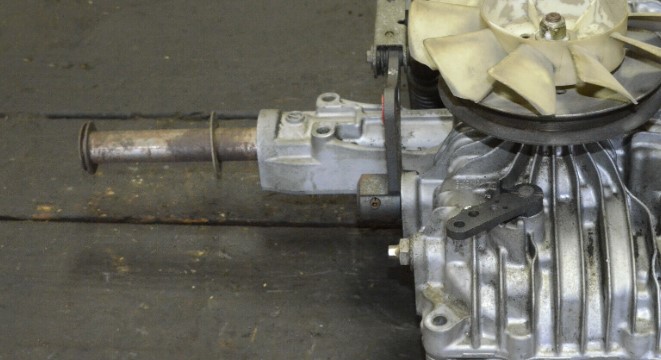John Deere is a renowned and respected brand when it comes to agricultural equipment. Their reliable and high-quality machinery has earned them positive reviews over the years. However, even with its quality construction, John Deere equipment can still experience problems such as hydrostatic transmission issues. In this article, readers will learn about these common issues and how to resolve them in order to keep their John Deere machinery running smoothly.
If you're experiencing issues with your John Deere equipment, keep reading to find out how to fix them.
Common John Deere Hydrostatic Transmission Problems:

John Deere equipment owners can rely on this list to help them diagnose and fix their hydrostatic transmission problems. The list contains the most common issues and respective solutions that are geared towards providing effective repairs. It allows users to quickly identify potential problems, helping them save time and money in the long run while ensuring they only purchase necessary parts or services.
| Problem | Solution |
|---|---|
| Loss of power | Check the fluid level and condition |
| Leaking fluid | Tighten loose fittings or replace seals |
| Erratic movement | Check the pump or motor for damage |
| No movement | Check the drive belt or hydrostatic transmission fluid |
Loss of Power:
It is important to check the fluid levels and condition of John Deere equipment if it begins to experience a loss of power. Low fluid levels or dirty fluid can cause decreased power, so it is essential to ensure that the fluid level is adequate and in good condition before proceeding with further troubleshooting. If necessary, add new or replace existing fluids in order to restore optimal performance.

Leaking Fluid:
John Deere hydrostatic transmissions can suffer from leaking fluid. It is important to inspect all fittings and connections for leaks, and tighten any loose fittings accordingly. If the problem persists, it may be necessary to replace the seals in order to prevent further leakage. The replacement of seals should only be undertaken by a qualified technician who has experience with John Deere hydrostatic transmissions.
Erratic Movement:
John Deere equipment may experience erratic movement, indicating a potential problem with the pump or motor. To address this issue, it is necessary to check these components for damage and replace them if any is detected. This will help ensure that the equipment continues to operate effectively and efficiently.

No Movement:
John Deere equipment that is not moving at all can be attributed to a faulty drive belt or hydrostatic transmission fluid. To rectify the issue, it is recommended to check the drive belt for signs of wear and tear, replacing it as needed. Additionally, one should inspect the fluid level in order to add or replace any necessary amounts.

Key Takeaways for Common John Deere Hydrostatic Transmission Problems
- John Deere equipment may experience a loss of power due to low fluid levels or dirty fluid.
- Leaks in the hydrostatic transmission are a common problem for John Deere machines, and can often be resolved by tightening loose fittings or replacing seals.
- Erratic movement could mean that the pump or motor is damaged and needs to be replaced.
- If your John Deere equipment does not move at all, check the drive belt and hydrostatic transmission fluid levels for any issues that might need to be addressed.

Fix Your John Deere Hydrostatic Transmission Problems Today
In conclusion, John Deere equipment can suffer from common hydrostatic transmission problems. Fortunately, these issues can be quickly and easily remedied by simply checking fluid levels, tightening loose fittings and replacing worn or damaged parts. By following the steps outlined in this article, users of John Deere equipment should find their machines running smoothly once again in no time at all.

